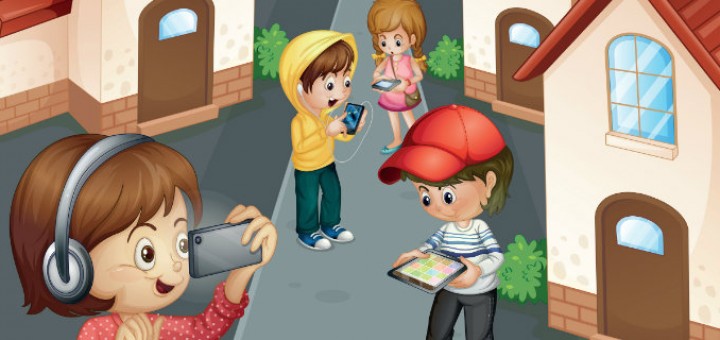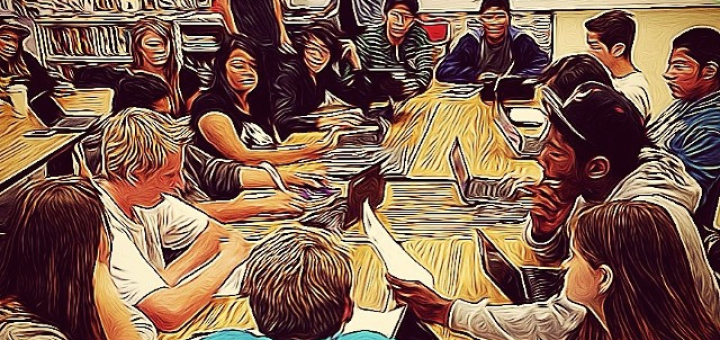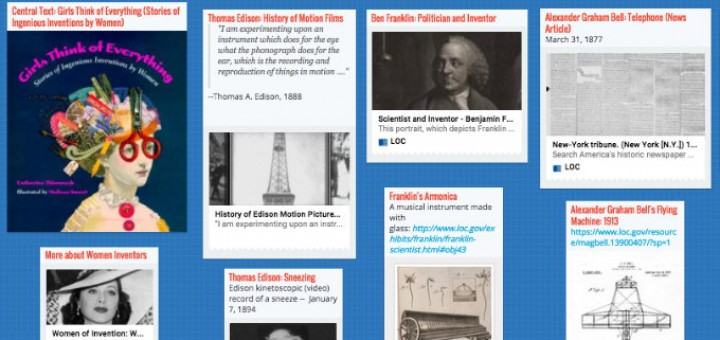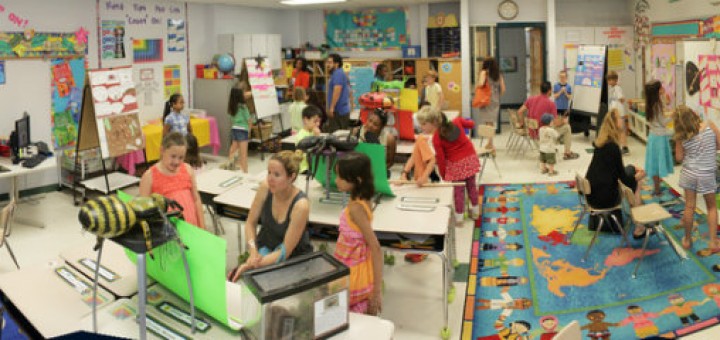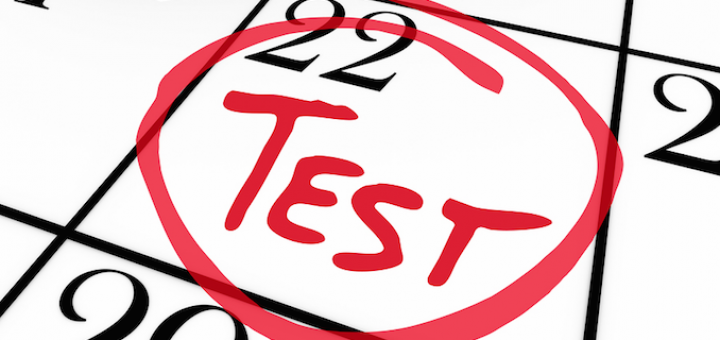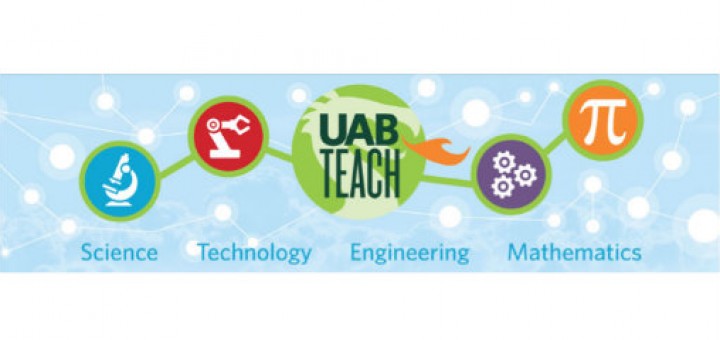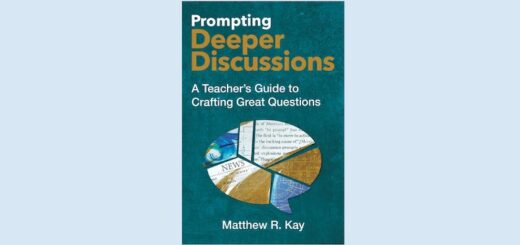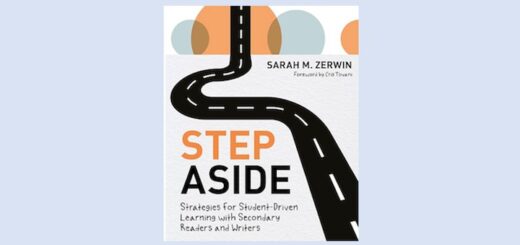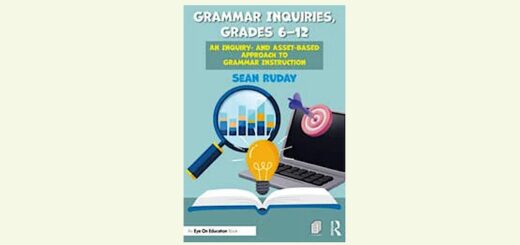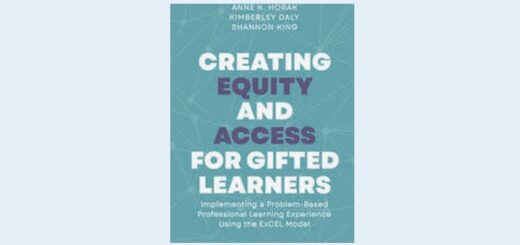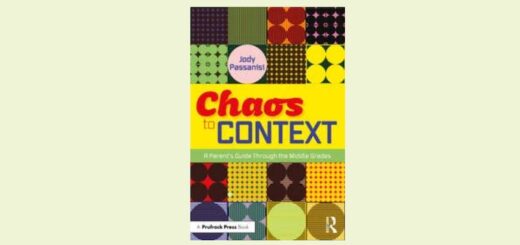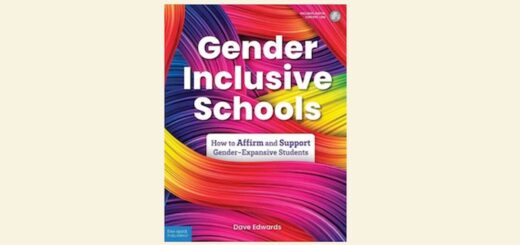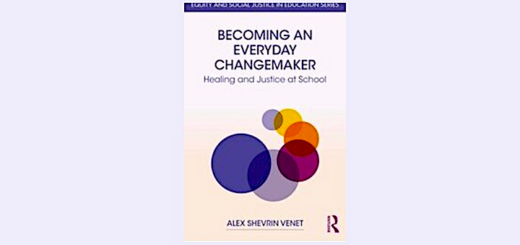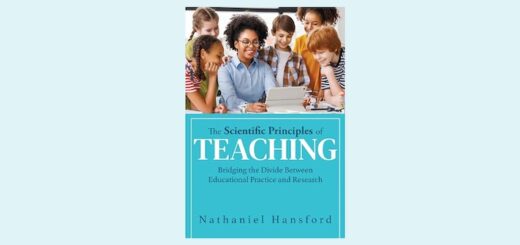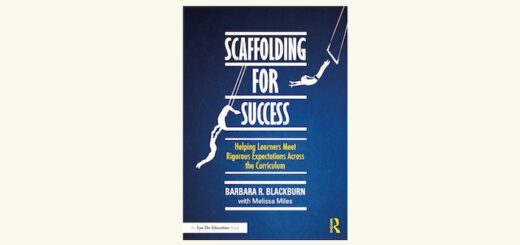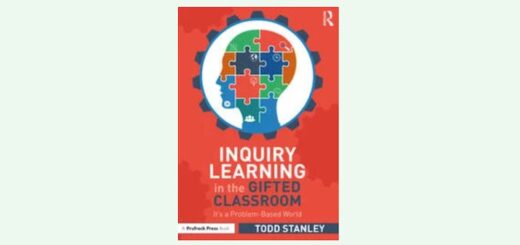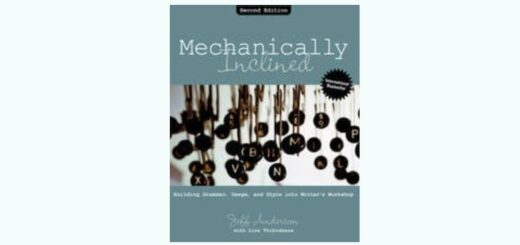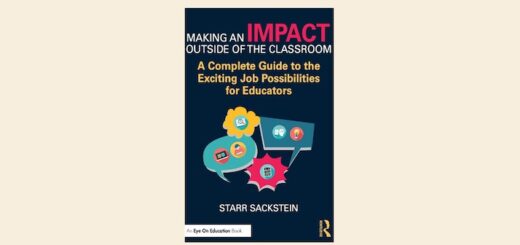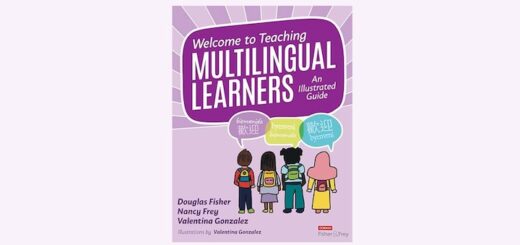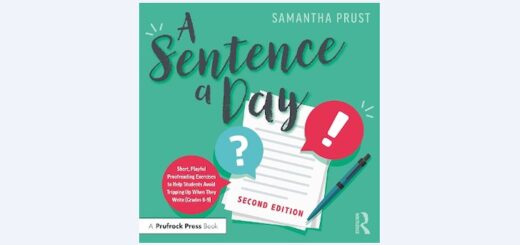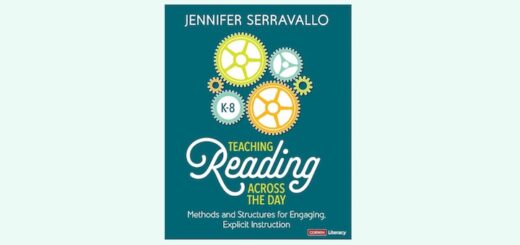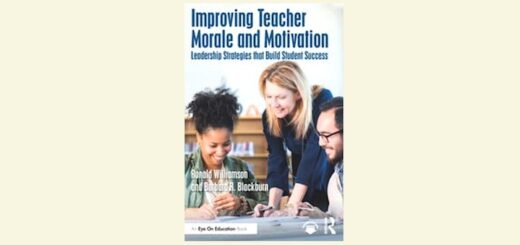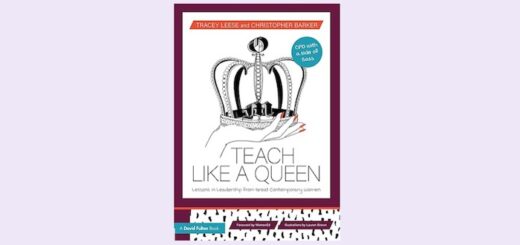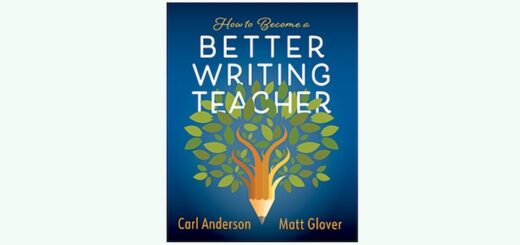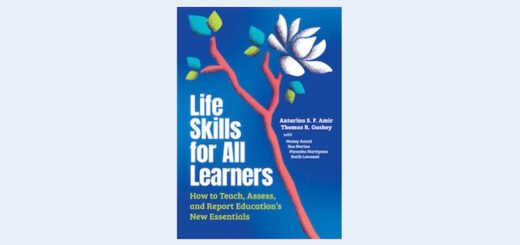Teaching and learning in grades 4-8
Blending technology into teaching has been an ongoing and often intimidating process for Gen X’er Mary Tarashuk, but it’s also ripe with possibility. And tech PD is often opportunistic. Take Mary’s recent chat with her teen daughter while doing the dirty dishes.
Meaningful academic conversation makes for sticky learning, but most students don’t bring a high proficiency in the needed skills to the classroom. Expert Jackie Walsh describes a step-by-step process that can help teachers cultivate deep student discussions.
Laura Robb believes play is essential to success. Her “Big 10 Student Motivators” can help encourage collaboration, playful learning, innovative thinking, and student engagement in reading, writing, researching, discussing, and analyzing across all subjects.
Text sets can help kids enrich their studies in any content area. MS teacher Kevin Hodgson tells how teachers are using Library of Congress primary resources to create engaging text sets that help students contextualize the present by exploring the past.
Each lesson in Rozlyn Linder’s “The Big Book of Details” can be quickly implemented by busy teachers as they grab a tool from this practical writing kit, says teacher Sandy Wisneski. Activities and real-world examples guide students as they enrich their prose.
What instructional decisions and teaching techniques work best to move students beyond mere compliance to active and engaged learning? Elizabeth Stein shares some favorites, including regular movement, an inviting environment, and plenty of voice and choice.
Spring’s promise of renewal is just ahead. But for many educators, spring is also the season of testing anxiety. Curtis Chandler shares research and wisdom from fellow educators that can help turn angst into achievement for students and for their teachers.
Make the most of your digital Contacts app. In Part 3 of a productivity series for school leaders, organization consultant and former principal Frank Buck explains how to maximize such useful resources as contact notes, special ringtones, syncing, and more.
How should the next generation of STEM teachers be prepared? Anne Jolly reports on the innovative UABTeach program at the University of Alabama Birmingham where undergrads can earn full teacher certification plus a math, science or engineering degree. What’s your superpower?
The Motivated Brain by Gayle Gregory and Martha Kaufeldt provides educators a better understanding of the brain and offers suggestions for implementing strategies to improve attention, engagement, and perseverance, says education consultant Anne Anderson.

